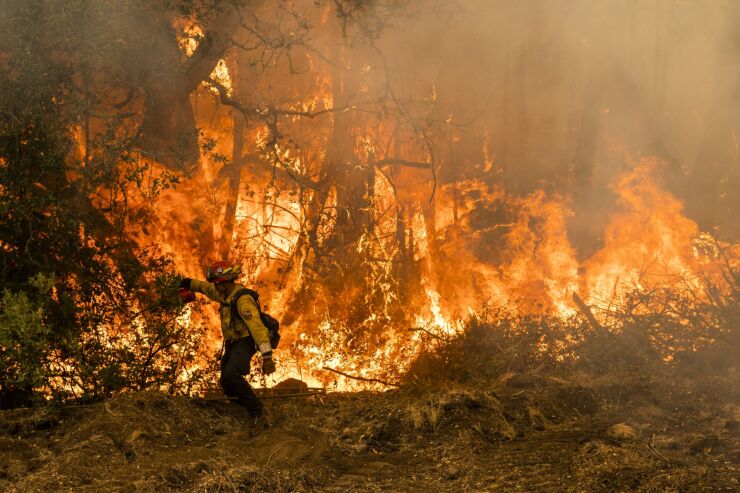The California Department of Insurance's draft regulation to allow insurers to use catastrophe modeling for ratemaking,

That's because the regulator did already allow insurers to use catastrophe modeling for underwriting decisions. Therefore, using these models as a basis to decline coverage or drop coverage was allowed. Allowing the models for rate decisions lets insurers raise rates on insureds they have not dropped or declined, as Birny Birnbaum, director of the Center for Economic Justice explained. The center advocates for consumer interests and
"The insurance companies want to use catastrophe models to set their overall rates, which they haven't been able to do," Birnbaum said.
Under the proposed regulation,
Using historical models rather than catastrophe models means rates or coverage is based on feeding historical data into stochastic or probabilistic models to estimate future losses, Birnbaum explained. "People move into catastrophe-prone areas, so an event that happened 20 years ago, if it happened today might produce completely different outcomes based on greater population, greater risks, greater exposure and a variety of things," he said.
However, computerized catastrophe models have their own flaws, according to Birnbaum. "The reality of it is different computer modeling companies produce wildly different projected outcomes in some instances," he said. "While it may be an improvement over historical [projections], there are still some limitations to the use of computer catastrophe models."
Most U.S. states already allow insurers to use

Whether California insurance commissioner Ricardo Lara's "Sustainable Insurance Strategy," allowing the use of cat models for pricing, will stimulate greater wildfire insurance coverage availability is uncertain, as Birnbaum said.
"The theory is that if the companies can use the Cat models, they'll be able to charge higher premiums. And by being able to charge higher premiums, they'll be more willing to write some of the policies they weren't willing to write," he said. "That's the theory. We'll see. We'll see how it works. It's unclear to me why companies are going to all of a sudden decide that a particular property that they thought was at risk of wildfire, is now going to be insurable just because they can charge a higher rate."






